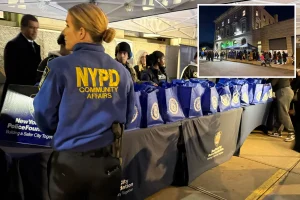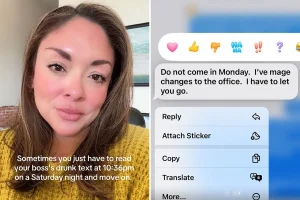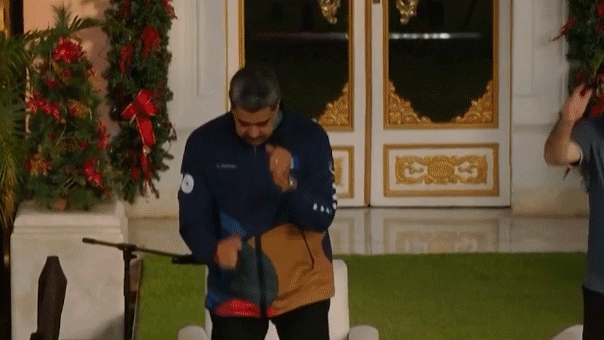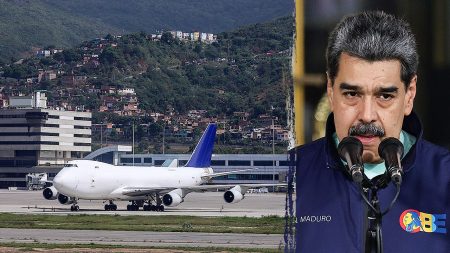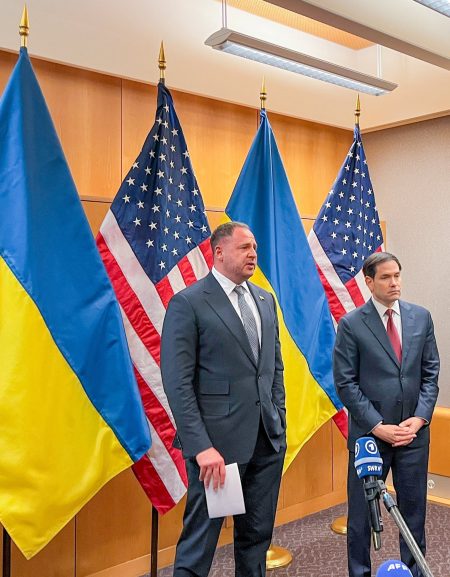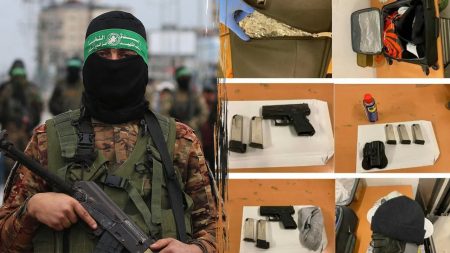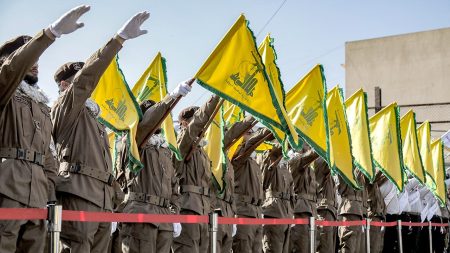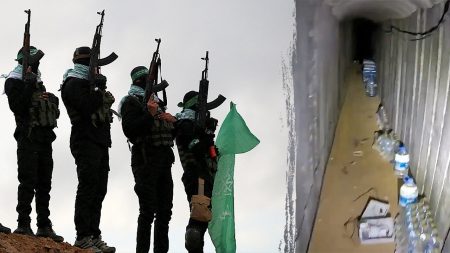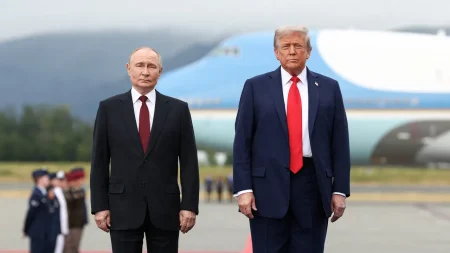Maduro’s Dance and Lennon’s Legacy: Venezuela’s President Takes to Performance Amid Rising Tensions
In a remarkable display of political theater, Venezuelan President Nicolás Maduro has recently taken to performance art as tensions with the United States continue to escalate. At a student rally in Caracas celebrating National University Student Day, Maduro was captured on video dancing to an electronic remix featuring his own peace slogans. The president swayed to the beat with notable enthusiasm, at times appearing to mimic President Donald Trump’s signature dance moves, though with his own distinctive flair. The remix, identified by Reuters as “Peace, yes. War, no,” incorporated phrases from Maduro’s own speeches advocating peace and rejecting conflict. In a particularly theatrical moment, the Venezuelan leader punctuated the music with playful “finger pistol” gestures toward the camera, creating an unusual juxtaposition of peaceful rhetoric and mimicked weaponry. This performance comes at a time when U.S. warships patrol near Venezuelan waters and tensions between the two nations have reached a critical point, making Maduro’s artistic expressions all the more politically charged.
This wasn’t Maduro’s first foray into musical performance as political statement. Just a week earlier, he surprised supporters by singing John Lennon’s iconic peace anthem “Imagine” during a rally. The impromptu performance served as a counterpoint to the Trump administration’s increasing military presence near Venezuela, officially deployed to combat drug trafficking. Maduro spoke reverently of Lennon, describing the former Beatle as a poet and musician who bestowed “a gift to humanity.” With genuine passion, he encouraged young Venezuelans to explore the lyrics of “Imagine,” characterizing it as “an inspiration for all time” and “an anthem for all eras and generations.” The president’s embrace of Lennon’s peace-centered message stands in stark contrast to the increasingly militarized posture of the United States in the region, creating a narrative that positions Maduro as an advocate for peace against external aggression. Through these performances, Maduro appears to be crafting an image as a defender of sovereignty and peaceful coexistence, even as his government faces serious accusations from the international community.
While Maduro performs peace anthems and dances to anti-war remixes, the United States has dramatically intensified its military operations throughout the Caribbean. The Trump administration has deployed an impressive array of military assets, including bombers, warships, and Marines, as part of a comprehensive campaign targeting drug-trafficking networks in the region. These operations have escalated to include airstrikes on vessels suspected of smuggling illicit substances. The military buildup represents one of the most significant American projections of force in the Caribbean in recent years, creating an atmosphere of heightened tension between the two nations. American officials have framed this military presence as necessary to combat narcotics trafficking, particularly from Venezuela, which they claim serves as a key transit point for drugs destined for North American and European markets. The contrast between Maduro’s peace-themed performances and the increasing American military pressure creates a complex geopolitical dynamic, with each side projecting drastically different narratives about their intentions and the nature of the conflict.
In a significant escalation, the U.S. State Department formally designated the Cartel de los Soles as a foreign terrorist organization on Monday. This shadowy organization, whose name translates to “Cartel of the Suns,” allegedly consists of a network of Venezuelan government and military officials engaged in drug trafficking operations. The designation represents a serious diplomatic and legal action against elements within the Venezuelan state apparatus. Secretary of State Marco Rubio justified the designation by asserting that the cartel and similar organizations in Venezuela are “responsible for terrorist violence throughout our hemisphere as well as for trafficking drugs into the United States and Europe.” This formal classification provides the U.S. government with expanded legal tools to target individuals and entities associated with the cartel, potentially including senior Venezuelan officials. The designation also serves to legitimize the increased American military presence in the region, framing it as counterterrorism rather than mere drug interdiction or political pressure against the Maduro regime.
The theatrical nature of Maduro’s performances reveals much about his political strategy in the face of mounting international pressure. By adopting the language and symbolism of peace, including the universally recognized anthem “Imagine,” Maduro positions himself as the reasonable party in the conflict, regardless of domestic policies or allegations of authoritarianism. His dance to his own peace slogans functions as both entertainment for his supporters and a carefully choreographed political message for international audiences. The performances help create a narrative dichotomy: Maduro the peace advocate versus American militarism. This framing resonates particularly well with left-leaning audiences throughout Latin America and beyond, who are historically skeptical of American interventions in the region. By embracing cultural symbols of peace while simultaneously demonstrating defiance, Maduro walks a delicate line between projecting strength to domestic audiences and appealing to international sympathy. His performances, while sometimes awkward or seemingly incongruous, represent a sophisticated understanding of the power of symbolic politics in the social media age.
As warships patrol and accusations of terrorism and drug trafficking fly, the dueling narratives between Venezuela and the United States highlight how performance and symbolism have become central to modern geopolitical conflicts. Maduro’s musical interludes and choreographed dancing seem trivial at first glance, but they represent a calculated strategy to shape perception both domestically and internationally. Meanwhile, the American military buildup and formal designation of Venezuelan-linked organizations as terrorist entities demonstrate a preference for shows of force and legal mechanisms. Both approaches rely heavily on performance: Maduro literally performs on stage, while American warships perform patrols in a demonstration of power. The conflict between Venezuela and the United States has thus transcended conventional diplomacy to become a battle of narratives, symbols, and performances, each designed to win hearts and minds as much as to achieve concrete political objectives. As tensions continue to simmer, these performances—whether musical or military—will likely remain a defining feature of this complex international standoff, with each side dancing to the rhythm of their own political strategies.

